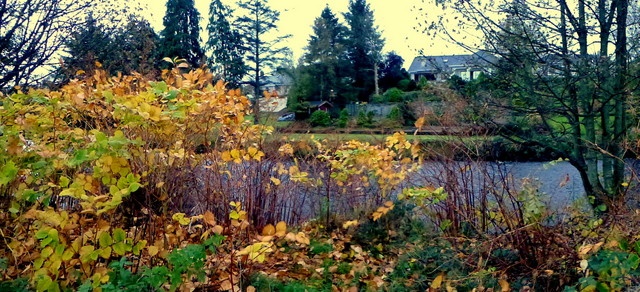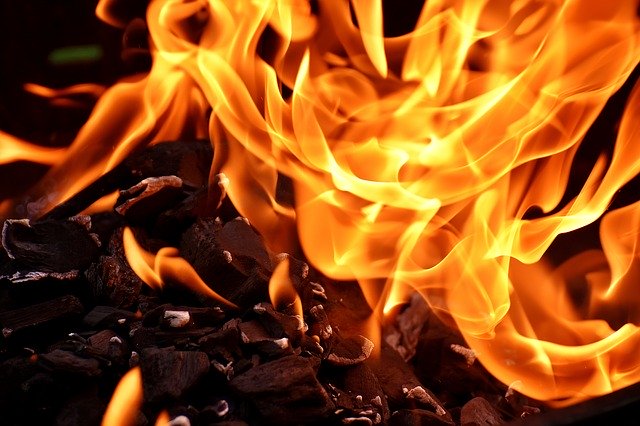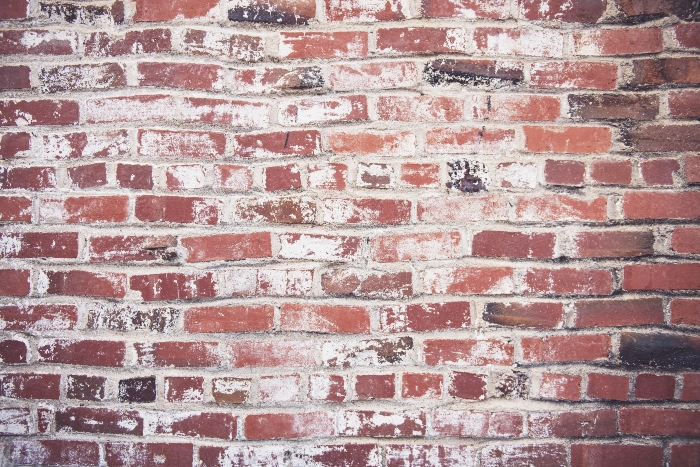During the autumn months, the majority of weeds and plants begin to die out and wilt with Japanese knotweed being no different. If you believe you have an infestation of knotweed on or near your property but are unsure and need confirmation, read on some tips on how to correctly identify Japanese knotweed in the autumn months.

Photo by Kenneth Allen
Identifying Japanese knotweed in the autumn
When trying to identify Japanese knotweed in autumn, there are a few things you should be on the lookout for:
- A very dense cluster of bamboo stems with a lot of foliage
- Plants that are approximately 2-3 meters high
- Leaves that are starting to turn yellow and are wilting
- Hollow bamboo-like stems that are beginning to turn from a reddish-brown into a darker shade of brown
- Leaves will contain a distinctive zigzag pattern on the stems
- The leaves will also have a distinctive heart-shape with a pointed tip and straightened edge
- During late autumn the canes will begin to die off and the plant becomes dormant
During the autumn months, Japanese knotweed will look similar to that in late summer, so shouldn't be too hard to identify. During these months, however, Japanese knotweed begins to flower where nearly all of the plant's resources are transferred to its rhizomes, causing it to grow significantly. This presents the optimal time to treat and reduce further rhizome growth.
Japanese knotweed treatment in autumn
If you're interested in how we work to treat Japanese knotweed during the autumn, take a look at our handy infographic below!

Do you require more information on Japanese knotweed during the autumn? Please feel free to get in touch with the Total Weed Control team today by filling out the form below - we'd be more than happy to help you out!
Advice for anyone who's buying or selling a house, flat or commercial property that has Japanese knotweed within the property boundaries (or nearby)

The short answer: Yes, it's possible to get a mortgage on a property with Japanese knotweed present for those with an insurance-backed guarantee.
If you find out that you have Japanese knotweed on or near your property, don't panic - it's not the end of the world! Many people don't even know they have Japanese knotweed in their garden until they put the property on the market and the invasive weed is noticed by either the estate agent or building society surveyor.
More...
When Japanese knotweed is found on or near properties, it can pose an array of potentially expensive problems for a number of different parties. Firstly, homeowners who spot knotweed near their property may begin to worry about its far-reaching and invasive rhizomes growing through buildings and foundations causing structural damage.
Secondly, estate agents worry as Japanese knotweed near properties may pose a risk to potential sales. And lastly, property developers fear unbudgeted costs due to Japanese knotweed treatment and site delays if the plant is not dealt with properly from the very start.
With all of these potential problems, it comes to no surprise that many people take to dealing with Japanese knotweed themselves. However, as knotweed becomes more problematic due to its ability to spread easily if managed incorrectly, much legislation on the management and removal of knotweed now exists. One of the most commonly asked questions surrounding knotweed and its removal is "can Japanese knotweed be burnt?"
To make things easy to understand, the experts here at Total Weed Control are here to tell you.

More...
One thing that all lawn care enthusiasts and homeowners can agree on is that weeds are a nuisance, especially the invasive and problematic type. However, not all weeds respond to dangerous chemical the same way. Many weeds are in fact resistant to herbicides and respond much better to different methods of control.
By understanding and utilising these different methods, you will be in the best possible position to eradicate all and any weeds that may start to crop up in and around your lawn.
So, let's take a look at the different weed control methods that you can start using.

More...

It is agreed amongst professionals and experts that the invasive plant Japanese knotweed can cause problems to homes and properties as a result of its ability to grow and spread at an alarming rate. But can Japanese knotweed cause subsidence? Total Weed Control is here to help you find out!
Before we can look into whether knotweed can cause subsidence, we must first try to understand what subsidence means. According to the Cambridge Dictionary, the term subsidence means 'the process by which land or buildings sink to a lower level'. Therefore, the understanding is whether Japanese knotweed possesses the ability to cause lands or buildings to sink, leading to extreme structural damage.
Many varying opinions exist on this topic, with some arguing that knotweed does cause subsidence and some arguing that it doesn't. We're here to offer our professional opinion on the matter to try and answer the questions as best we can as well as letting you know how Total Weed Control can help if you've spotted knotweed on or near your property and are worried about the potential damage it can cause.
More...
